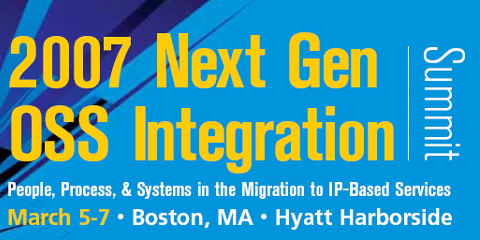|
|

article page | 1 | 2 |
3 |
altogether the operations
"integration tax" associated
with bringing them into a “service
ready” state. Additionally,
because a NOS by definition
supports multiple vendors’ equipment,
a service provider would
then have a single set of
standard procedures across
all their network elements. This
would reduce the amount of
operations staff training
and the number of product
specialists required to run the network
and perform common tasks such as software
upgrades or back up and restore functions.
3. Reduced Capex Costs
The intention of building next generation
networks is to enable many more new
services to be run over a single, converged network; thus amortizing the network
build costs over a broader range of services. While there will always be a business
case for evolving with new and improved network elements, deploying a NOS would
allow service providers to stop purchasing individual vendors’
EMS/NMS suites and the annual
software maintenance fees
that go along with them.
In addition, a NOS could
even help forestall the purchase
of new equipment by providing
a more accurate picture of
what is currently in the
network. With a single point
of integration, all the various
higher-level OSS
|
|

applications (such as fault,
provisioning, inventory etc.)
would be working from a common
set of data that is updated in
real time via auto-discovery,
instead of each one attempting
to build this information itself
or having it entered manually.
With more accurate network data
available across all FCAPS applications,
the risk of provisioning fallout
and stranded assets would be
greatly reduced –
meaning less equipment would
be required to support the
same number of services.
Networks almost never become
simpler or smaller to manage,
they evolve and expand as new
requirements, services and technologies
are rolled out. The problem of
managing them will continue to
expand, taking up more operational
resources unless as new approach
is adopted. The PC market found
a solution to the issue that
helped to reduce their costs
change possibility for faster
services rollout, lower costs
and leaner operations on which
new services and networks can
be built. and accelerate new
application developments. Communication
services providers are starting
to recognize that to move to
a new, much lower operational
cost basis, a fundamental change
is needed. Deploying a network
operating system solution provides
a sea- change possibility for
faster services rollout, lower
costs and leaner operations on
which new services and networks
can be built.
|
|
|
article
page | 1 | 2 |
3 |
|




